Anmol Feeds is eyeing acquisitions in the aquafarming feed segment and looking to strengthen its presence in South India. The company plan is to surpass Rs 1000 crore of revenue by 2025.
The Rs 600 crore livestock feed company has introduced a few initiatives, including a TV commercial campaign and the launching of an e-commerce platform, which are “the first in the industry”, he claimed.
“We have taken many initiatives which are the first in the industry. We are possibly the world’s first animal and fish feed company to have its own e-commerce platform for direct sales under the brand – Nouriture”.
“Such an online portal for doorstep delivery of livestock feeds to farmers is an uncommon facility for the livestock farming community. A campaign with a brand ambassador for an animal feeds company is also new,” its managing director Amit Saraogi said.
The brand has helped propel the company’s vision to enter into future businesses of shrimp and cattle feed and consolidate its poultry venture.
Starting in 1999 in Bihar’s Muzaffarpur, the company now has over 10 manufacturing plants, including contract facilities..
Speaking about the next phase of growth, Saraogi said, “We are focusing on the fish and shrimp feed segment, which is organised and smaller than the poultry feed market. The size of shrimp feed market is Rs 15000 crore though we are a small player now and in the next three years, we will be one of the top players in the segment.” Currently, broiler feed accounts for 65 percent of its revenue, followed by fish feed which is 20 percent, and the rest are cattle and shrimp.
“We are open to acquisitions in the fish and shrimp feed sector or any other strategic benefit. We are a zero-debt company so it can be funded internally. The future takeover in the fish and shrimp feed segment will help us expand our footprint. We are looking to strengthen our presence in South India where the size of aqua feed market is 10 times that of Bengal,” Saraogi said.
The company is seeing 15 percent value growth but volume growth remains a challenge to it with high inflationary pressure in input and feed price, he said.
Source: PTI

